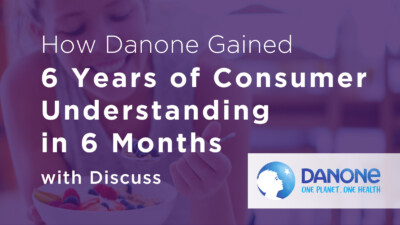Research Reinvented: Forrester on agents for the research and insights world
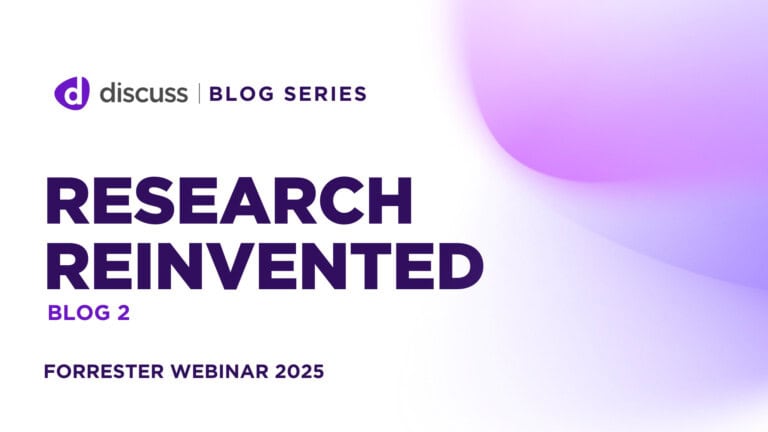
This is the second article in our five-part series based on the webinar we presented with Forrester and Quadrant Strategies, Research Reinvented: How to Master GenAI and Ensure You’re Not Left Behind. In this second post, we’ll look at the types of AI agents that Rowan identified as especially relevant to the research and insights world and how they’re already being put to use.
The agents that matter most right now
Agentic systems cover a wide spectrum, from simple task helpers to futuristic stewards that could one day coordinate dozens of sub-agents. That’s an exciting vision, but for research teams in 2025, it’s not reality.
Rowan Curran, Principal Analyst at Forrester, made the point clearly during our webinar: focus on the agents that are already here and useful. Two categories matter most to researchers today:
- Customer engagement agents, which interact with end users to collect input and provide information.
- Employee support agents, which help with internal tasks like IT, HR, and research operations.
He also noted that consumer advocacy agents could become a key way of interacting with future research subjects. That possibility is still farther off. Paying attention to these categories helps teams experiment responsibly, avoid hype, and get real value without waiting for sci-fi-level autonomy.
Task-specific agents for research
Task-specific agents are practical, not flashy. They’re woven into existing workflows, taking on pieces of work that once ate up hours or even days. Rowan broke down how six types of agents could slot into the research lifecycle:
- Agent A: Supports deep research on competitive landscapes, best practices, and hidden opportunities.
- Agent B: Creates consistency across test plans, discussion guides, and research goals.
- Agent C: Helps define target cohorts and build synthetic audiences.
- Agent D: Conducts interviews—either human-moderated or AI-moderated. Rowan pointed to healthcare studies where participants reported stronger feelings of assurance with AI chat interfaces than with human doctors.
- Agent E: Semantically links unstructured insights with product roadmaps.
- Agent F: Reviews customer responses post-deployment and compares them with prior research to refine the next iteration
Rowan stressed that these agents don’t yet run end-to-end on their own. Instead, a human uses the output from one agent, then passes it to a colleague and their agent for the next step. For example:
- A researcher might start with a deep research agent to map competitors and current best practices to find hidden opportunities
- Pass those findings to a colleague using an agent to draft supporting documentation, plans and goals
- Then hand off to another teammate defining the target cohort and potentially build synthetic audiences
- Then to moderators (AI or human)
- Then to an analyst to link insights to roadmaps
- And finally to a team member who reviews customer responses with LLMs to produce outcomes
Each stage is human-guided and constrained by design. Rowan reminded us that constraints are not a weakness. There’s a reason today’s agents are narrowly scoped: too much freedom too quickly risks misalignment or outright mistakes.Open-ended agents risk going off track, so today’s tools are intentionally scoped. Importantly, none of these replace the researcher. Instead, they clear away repetitive work so teams can focus on what only humans do well: interpretation, alignment, and storytelling.
Future orchestrator agents may coordinate across agents A–F, but that will require more reliability, transparency, and evaluation. For now, adoption is about automating individual tasks and gradually augmenting broader workflows.
Pacing change and building trust
Rowan underlined that we are still in the early stages. Using agents today means automating one task at a time, then slowly extending into connected workflows. Making that shift will take six, 12, even 18 months as organizations adapt processes and prepare for bigger changes like reengineering value chains or investing in new business models.
And throughout this evolution, evaluation and trust remain the gating factors. The reason today’s agents are so task-specific is to prevent missteps. Teams adopting them should prioritize tools with strong explainability and checkpoints that keep humans in the loop.
The smart path is incremental. Start with contained use cases. Build checkpoints where humans validate outputs. Trust grows one successful project at a time.
The Discuss perspective
This philosophy is exactly how we’ve designed our own agents. Instead of promising all-in-one autonomy, we’ve built a suite of practical tools for the jobs that matter most:
- Project Agent trims hours from setup, from writing guides to recruiting participants.
- Interview Agent scales conversations globally, probing naturally and capturing authentic reactions.
- Insights Agent distills transcripts into themes, quotes, and highlight reels ready for your next deck.
These are similar to Rowan’s “task-specific agents” in action. And because they’re built for qualitative research, they come with the context and guardrails researchers need.
Looking forward, we’re paying close attention to how advocacy agents evolve. But we’re clear-eyed: today’s opportunity is using focused, reliable agents to accelerate research without sacrificing depth.
Your next step
To hear Rowan’s full breakdown of these categories, watch the webinar recording featuring him and Quadrant Strategies’ Robin Lindberg. Their perspectives are invaluable for anyone exploring agentic systems in research.
And don’t miss the third post in this series, where we’ll explore how AI has already transformed research in just a few short years, and what that means for your future roadmap.
Ready to unlock human-centric market insights?
Related Articles
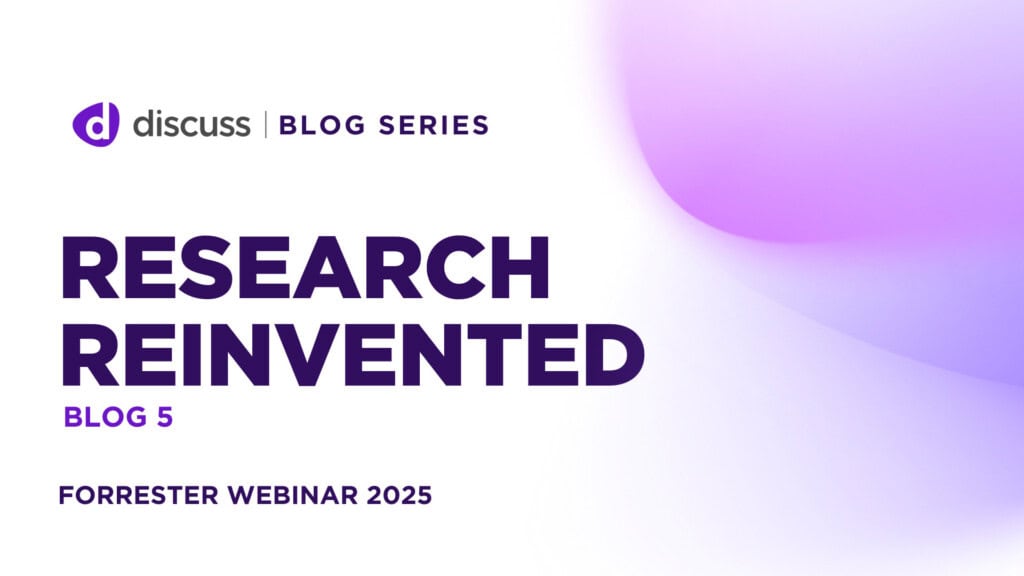
Research Reinvented: Forrester on why researchers won’t be replaced by AI
This is the last article in our five-part series based on the webinar we hosted with Forrester and Quadrant Strategies,…
This is the last article in our five-part series based on the webinar we hosted with Forrester and Quadrant Strategies,…
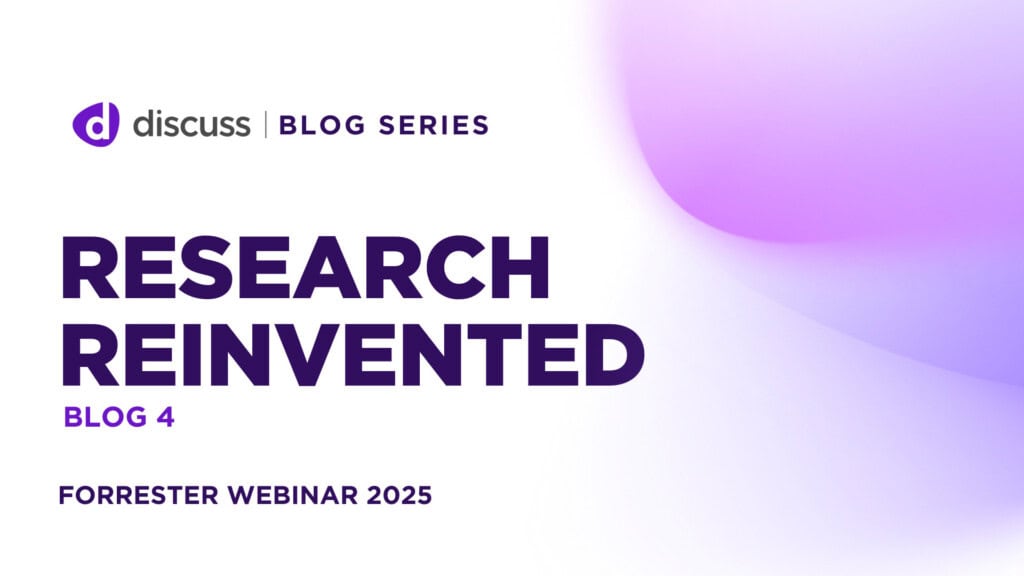
Research Reinvented: Scaling global qualitative research without losing the human touch
This is the fourth article in our five-part series based on the webinar we hosted with Forrester and Quadrant Strategies,…
This is the fourth article in our five-part series based on the webinar we hosted with Forrester and Quadrant Strategies,…
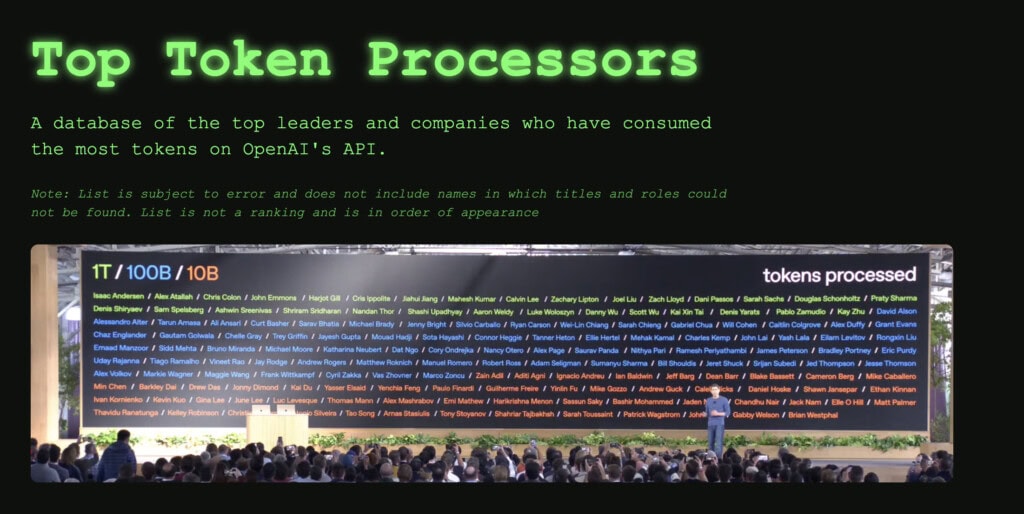
10 Billion Tokens Later: Why Discuss Was Recognized by OpenAI and What It Means for the Future of Qualitative Research
10 Billion Tokens Later: Why Discuss Was Recognized by OpenAI and What It Means for the Future of Qualitative Research…
10 Billion Tokens Later: Why Discuss Was Recognized by OpenAI and What It Means for the Future of Qualitative Research…

